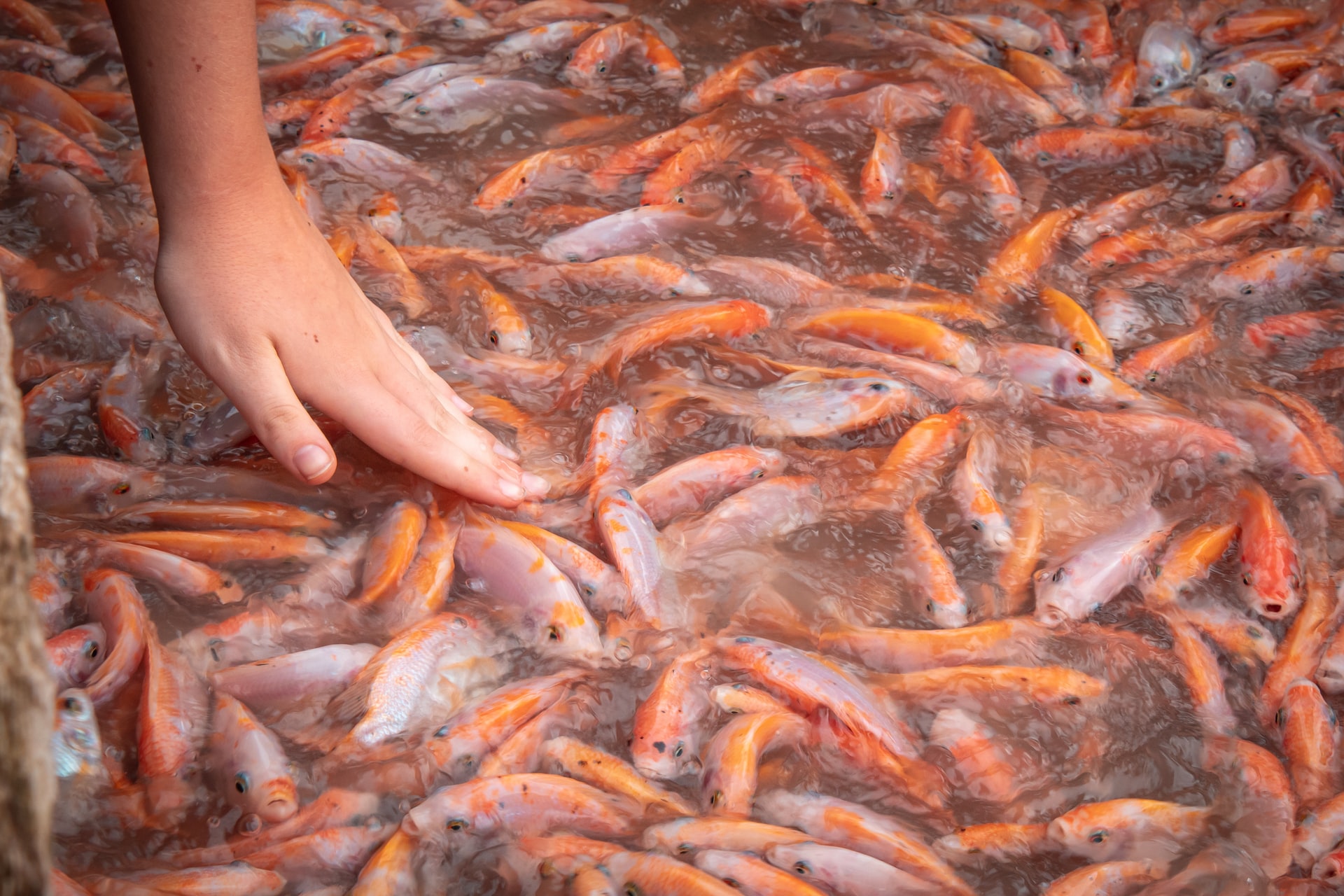Tilapia has become the ubiquitous fish in America today. It’s cheap, not “fishy” tasting, boneless and skinless, and is hard to mess up by overcooking, which is a problem with many other fish varieties.
However, the tilapia we’re eating is almost entirely a farmed fish, meaning it’s almost impossible to find wild tilapia in a grocery store or on any restaurant menu.
In this article we’ll look at the way these fish are farmed and what eating them is doing to your health.
Inflammation
Tilapia farming is usually done on an industrial scale, with thousands of fish being harvested every day. Their feed is not natural — in the wild, tilapia would eat algae and lake plants, but the farms fatten up the fish on GMO corn and soy pellets.
The amount of healthful fish oils in these creatures is almost non-existent, negating the main reason why fish is so good for us.
Recent studies have found that farm-raised Tilapia may cause more inflammation.
Farm-raised tilapia has always been a popular source for fish, not only because it is widely available in the United States, but it is also very inexpensive.
However, before you stock up on Tilapia, you may want to know about its correlation to inflammation.
Recent studies have concluded that eating Tilapia may worsen inflammation that can lead to heart disease, arthritis, asthma and a world of other serious health problems.
People who resort to eating more fish as a way to get their dose of omega-3-fatty-acids and lessen their risk of heart attacks may want to hold off on the tilapia.
In fact, scientists have found that the inflammatory potential of tilapia is far greater than that of a feedlot hamburger or bacon!
Cancer causing pollutants
Farmed fish may have at least 10 times the amount of cancer causing organic pollutants compared to the wild variety.
This can most likely be attributed to the feeds that are used on farm raised fish. If you knew what went into the feeds of farm raised fish you would be horrified.Apparently, chicken feces is one of the main ingredients that go into farm fish feed.
Not only that, the transfer of pig and duck waste to fish farms is also a very common practice.
Pesticides and antibiotics
Farm-bred fish have been found to have high concentrations of antibiotics and pesticides.
Where do farm-bred fish get their antibiotics? The crowded conditions of fish farms cause the fish to be more susceptible to disease.
To keep them alive, farm owners give antibiotics to the fish to stave off disease.
Farm-bred fish are also treated with pesticides to combat sea lice. The pesticides used to treat these fish are so deadly that they have been caused to kill wild salmon that are accidentally exposed to them.
These pesticides are also eventually released in the ocean where they get into the bodies and systems of other marine life.
Poor omega-3 to omega-6 ratios
Farm-bred fish also have lower levels of healthy nutrients.
Many of us consume fish, hoping to reap the omega-3 fatty acid benefits that come with it.
However, did you know that the omega-3-acids that are found in farm-raised fish are less usable to our bodies compared to wild bred fish? Farm-raised fish also has a lower protein content.
Not only that, because farm-raised fish are kept in cages, they have the tendency to be fattier, and can have a higher concentration of omega-6 acids. The problem with getting too much omega-6 acids is that they may cause inflammation to the body due to imbalance.
High dioxin levels
Dioxin levels are 11 times higher in farm-bred fish compared to wild fish.
Dioxin is actually a very toxic chemical that can contribute to cancer and other complications.
The problem with dioxin is that once it enters our system, it can take a very long time until it is let out. The half life of dioxin is about 7 to 11 years.


